Earth Surface Processes in the Critical Zone

Credit: Blue and Gray Moon during Nighttime by Jaymantri is licensed under CC0
Resource Description
Rapid changes at Earth's surface, largely in response to human activity, have led to the realization that fundamental questions remain to be answered regarding the natural functioning of the Critical Zone, the thin veneer at Earth's surface where the atmosphere, lithosphere, hydrosphere and biosphere interact. EARTH 530 will introduce you to the basics necessary for understanding Earth surface processes in the Critical Zone through an integration of various scientific disciplines. Those who successfully complete EARTH 530 will be able to apply their knowledge of fundamental concepts of Earth surface processes to understanding outstanding fundamental questions in Critical Zone science and how their lives are intimately linked to Critical Zone health. Learn moreEnergy in a Changing World
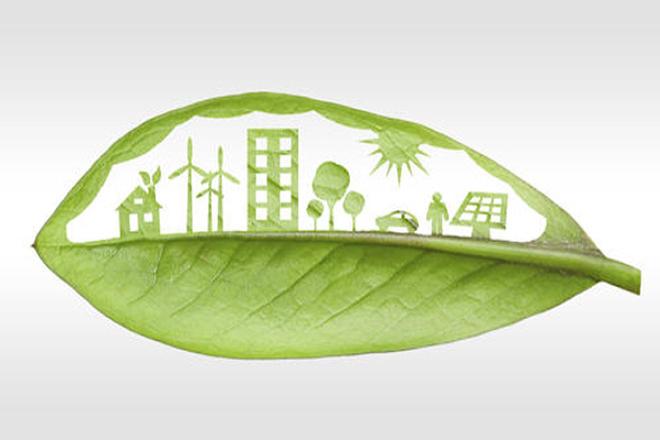
Credit: Green city concept, cut the leaves of plants, isolated over white by kirillov alexey, licensed through Shutterstock used with permission
Resource Description
What is energy? It's the hot in heat, the glow in light, the push in wind, the pound in water, the sound of thunder and the crack of lightning. It is the pull that keeps us (and everything else!) from simply flying apart, and the promise of an oak deep in an acorn. It is all the same, and it is all different. Sunshine and waterfalls won't start your car, and wind won't run the dishwasher. But, if we match the form and timing of the energy with your needs, all of these things could be true. Energy in a Changing World is about the full arc of energy transformation, delivery, use, economics and environmental impact, especially climate change. Learn moreEnvironment and Society in a Changing World
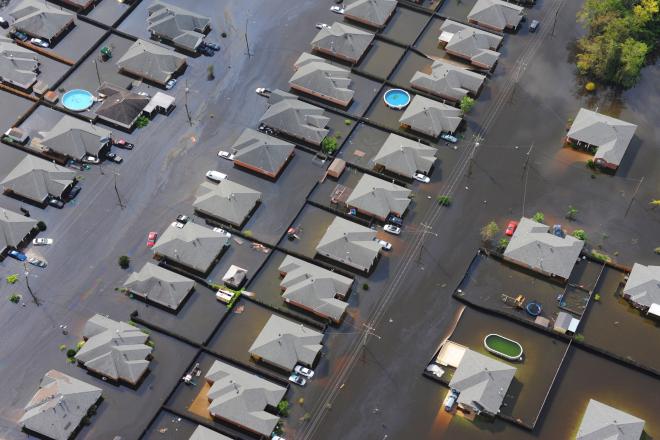
Credit: Ariel view of a flooded neighborhood near New Orleans by Petty Officer 1st Class Matthew Schofield is Public Domain
Resource Description
What factors lead to a natural disaster? What causes a famine? Why do cities flood? According to a recent article in The Atlantic, Houston's flooding during the 2017 Hurricane Harvey was primarily caused by impervious pavement which prevents the absorption of water into the land. This example illustrates how nature and society are interlinked, which is the main focus of Geography 30, Penn State's introductory course to nature-society geography. In addition to examining the linkages between human development and natural hazards, this course will also explore human society's connection to food systems, climate change, urbanization and biodiversity. The course will also cover topics of ethics and decision making in order to help students evaluate the tradeoffs of these interconnections. Learn moreEthical Dimensions of Renewable Energy and Sustainability Systems
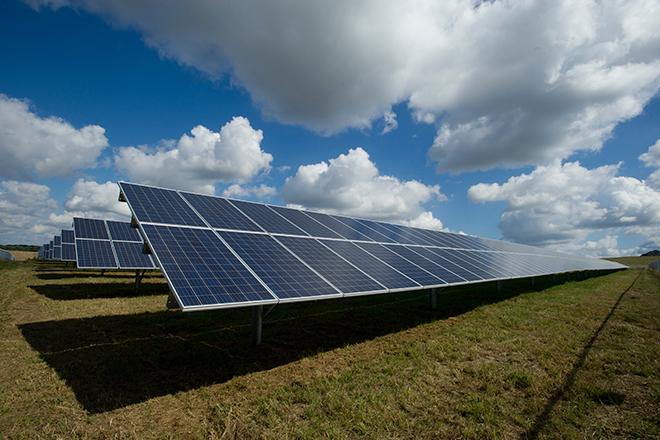
Credit: Solar Panels by American Public Power Association is free to use
Resource Description
This course presents an examination of ethical issues relevant to systems-based research procedures, professional conduct, social and environmental impacts, and embedded ethics in research and professional practice in RESS based jobs. In this course, you will consider case studies of ethical issues that can arise when engaging renewable energy and sustainability systems. You will also develop an ethics case study based on your area of RESS interests. The goals of the course are to provide you with tools for analyzing ethical issues both in the line of professional duties and in consideration of the various ethical issues that face an entire sector of renewable energy and that underpin the very reasons for taking a sustainable and renewable approach. Learn moreGeodesign History, Theory, Principles
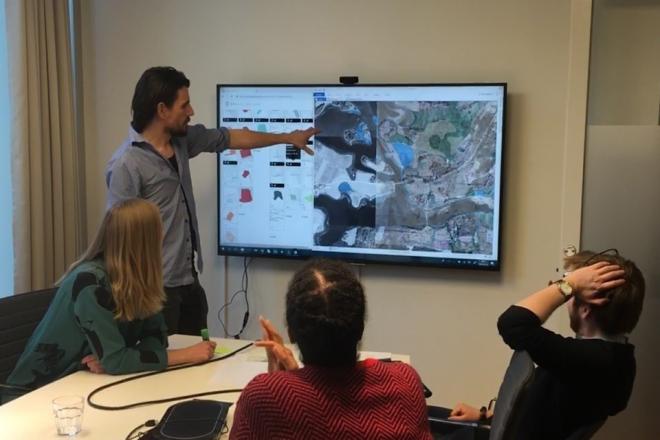
Photo credit: Filip Linders, MSF/Doctors Without Borders/Swedish Innovation Unit (used with permission)
Resource Description
Do you believe that we can be more creative in planning our communities and protecting environments for a sustainable future? Would you like to learn a method to make a difference? One that empowers stakeholders and reduces conflict? Geodesign delivers creative solutions for environmental, economic, and social issues. This method works collaboratively across disciplines, deploying innovative technology to dynamically illustrate the impacts of alternative design scenarios. Geodesign is rooted in the physical design professions coupled with social and geographic sciences and enhanced by the latest technologies. GEODZ 511 introduces students to the multifaceted, well-proven geodesign framework grounded in a series of key decision-making steps. It emphasizes understanding both people and place through a unique collaborative method. Students learn how to work through the steps of the geodesign framework and begin to understand the process needed to make wise choices for today’s urban and rural design and planning challenges.
Learn moreMaterials in Today's World

Credit: James Webb Space Telescope Mirror 37 by NASA/MSFC/David Higginbotham/Emmett Given is Public domain
Resource Description
What materials have you touched today? In today's society, virtually every segment of our personal and professional lives is influenced by the limitations, availability, and economic considerations of the materials used. Through readings and science documentaries, this course will show you how and why certain materials are selected for different applications and how the processing, structure, properties, and performance of materials are intrinsically linked. You will be introduced to the basic science and technology of materials, how the world has been shaped by materials, and how knowledge of materials can be used to understand modern materials and the development of new ones. Learn moreOrientation to Energy and Sustainability Policy
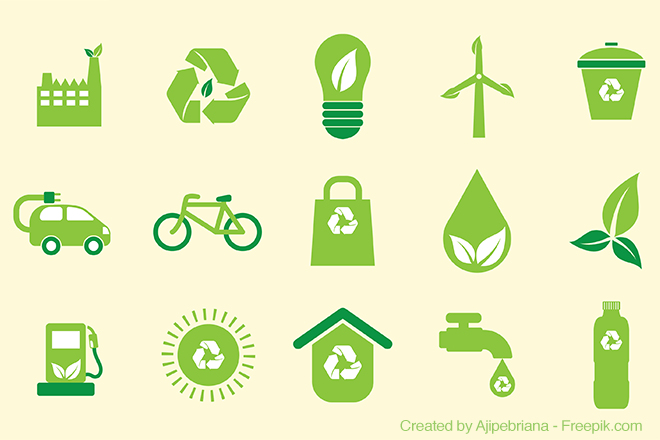
Credit: Green Environmental Icons Collection from ajipebriana is free for use (modified)
Resource Description
EMSC 302 provides an orientation of the Energy and Sustainability Policy (ESP) degree program, preparing students for further study in the five program learning outcome areas: energy industry knowledge, global perspective, analytical skills, communication skills, and sustainability ethics. It also provides an introduction to the basic skills necessary to be successful in higher-ed online learning, including communication and library skills. Learn moreSustainability and Non-Market Enterprise
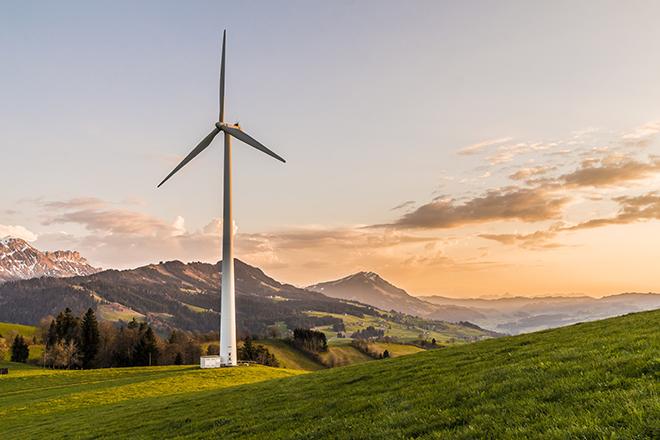
Credit: White Windmill by fxxu is licensed under CC0
Resource Description
The primary goal of this course is to provide a toolset for characterizing and strategizing how non-market forces can shape current and future renewable energy markets. The course approaches the exploration and explanation of key concepts in renewable energy and sustainability non-market strategies through evidence-based examples. Main topics for the course include: a sociological approach to markets, renewable energy markets, non-market conditions, complex systems analysis, and renewable energy technology and business environments. Because renewable energy costs are higher than fossil fuel cost per unit of energy, the main arguments in support of renewable energy, thus far, are functionally non-market in character, i.e., environmental (e.g., climate change), political (e.g., energy independence), and/ or social (e.g., good stewardship). Learn moreSustainable Futures in Business: Insights from Australia and New Zealand
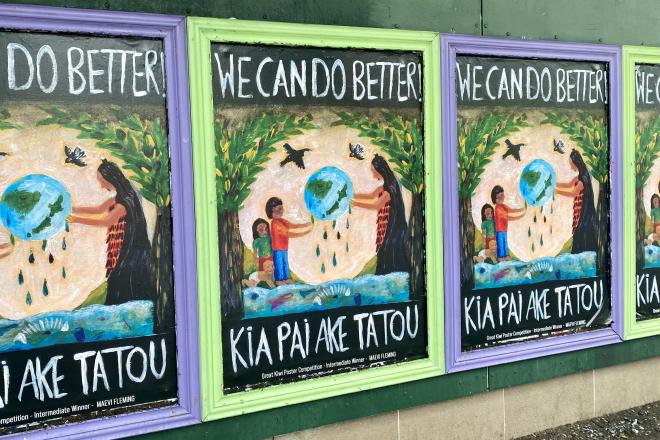
Credit: Photo by Kay DiMarco, licensed under CC BY-NC-SA 4.0
Resource Description
The saying goes “a picture is worth a thousand words.” Think of what video can do to bring a subject to life! In May 2023, a group of 20 Penn State students from multiple campuses joined Kaitlin Farnan, a business instructor at Penn State Altoona, and Annie Taylor, the senior assistant dean for distance learning in the College of Earth and Mineral Sciences, on a trip to New Zealand and Australia to learn about sustainable business practices. The itinerary included 31 hands-on experiences encompassing site visits, interviews, and service-learning projects. These experiences included visits to farms, nature preserves, eco-tourism companies, foundations, and government agencies. Students engaged with representatives from diverse businesses including the Skyrail Rainforest Cableway, Whale Watch Kiakoura, Katmandu Outdoor, Remix Plastic, the Skybury Cafe, and Greenspace Community Vertical Farming. They heard about the New Zealand Film Industry from one of its pioneers, and visited numerous other locations to see, and hear about, sustainability practices in action.
Learn moreTechnologies for Sustainability Systems
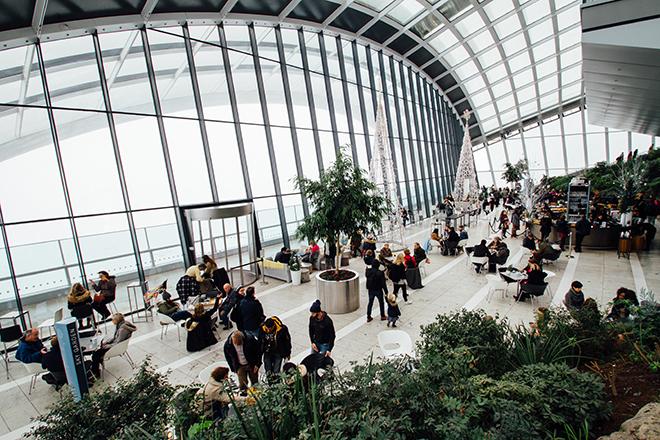
Credit: Group of People Inside Building by Riccardo Bresciani is free to use
